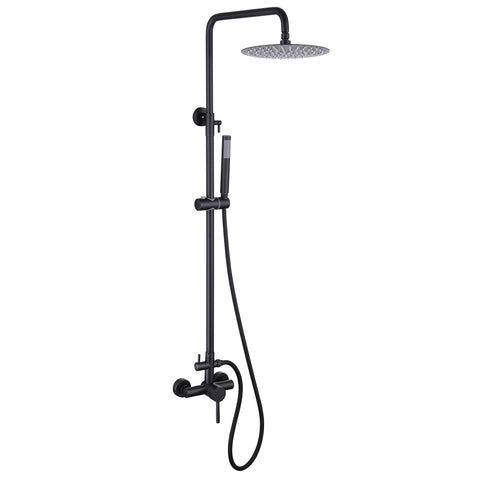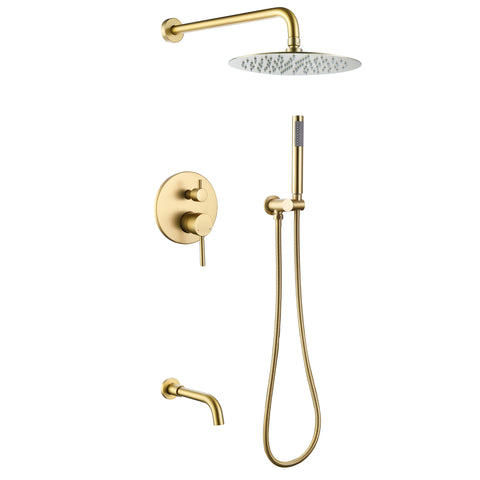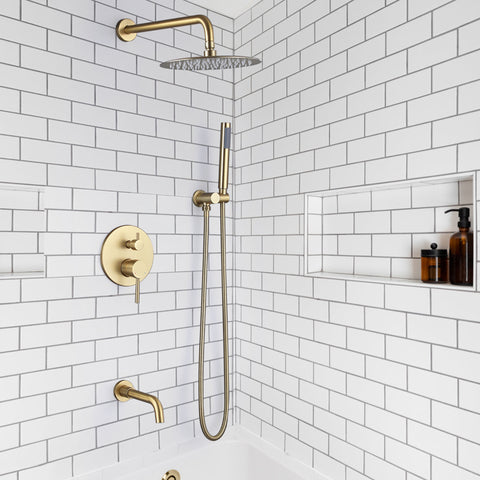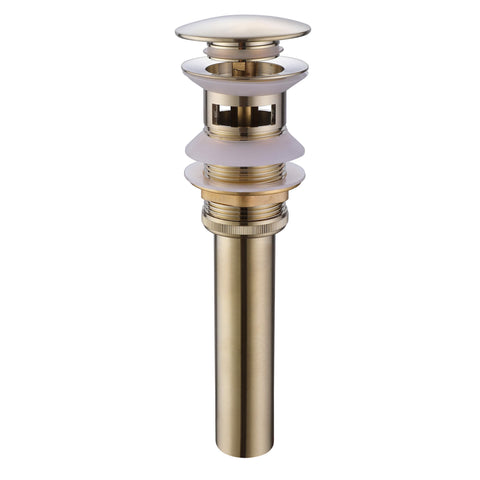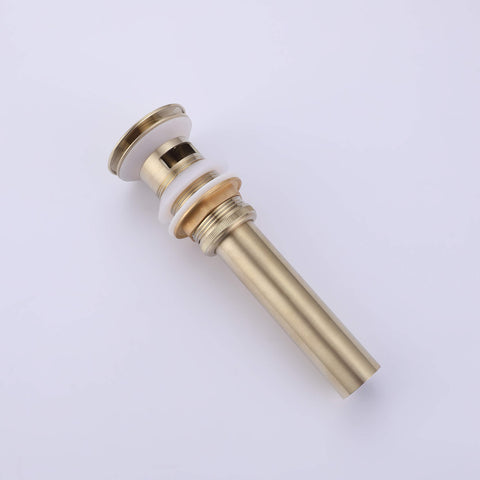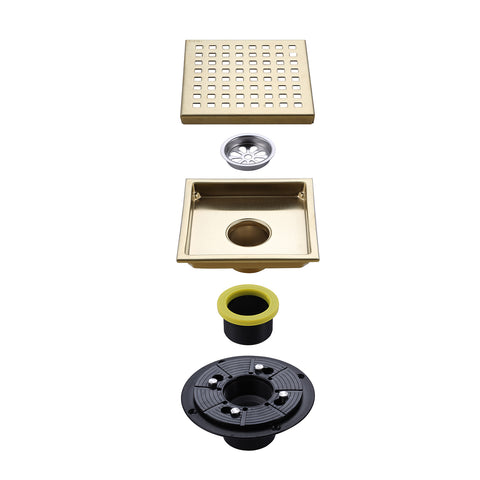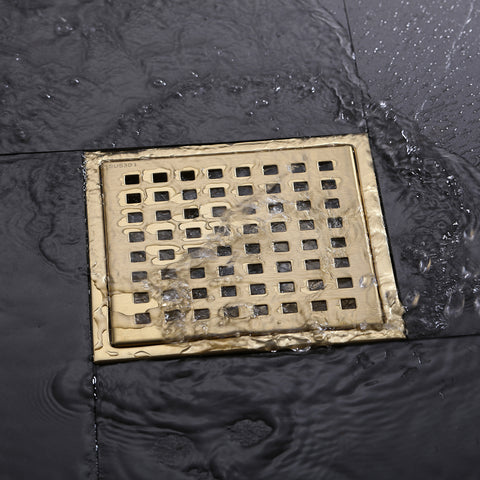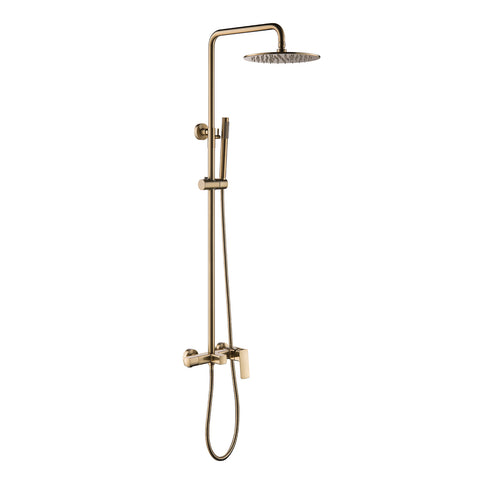Step-by-Step Guide: How to Replace a Kitchen Faucet
A kitchen faucet is an essential fixture in any home, and over time, it may become worn out or start leaking. Replacing a kitchen faucet might seem like a daunting task, but with the right tools and a little guidance, it can be a straightforward DIY project. In this blog post, we will provide you with a step-by-step guide on how to replace a kitchen faucet, allowing you to update your kitchen's look and functionality.
Materials and Tools Needed
- New kitchen faucet
- Adjustable wrench
- Basin wrench
- Plumber's tape
- Bucket or towels
- Channel-lock pliers
- Screwdriver (if necessary)
- Plumber's putty (optional)
- Safety glasses (recommended)
Step 1: Prepare for the Replacement
Start by turning off the water supply to the faucet. Locate the shut-off valves under the sink and turn them clockwise to shut off the water flow. Next, turn on the faucet to release any remaining water in the lines. Place a bucket or towels underneath the sink to catch any drips.
Step 2: Remove the Old Faucet
Use an adjustable wrench or channel-lock pliers to disconnect the water supply lines from the faucet. Have a container or towel handy to catch any residual water. If the faucet has a sprayer, detach it. Then use a basin wrench to loosen the mounting nuts securing the faucet to the sink. Once loosened, lift out the old faucet.
Step 3: Prepare the Sink for Installation
Clean the area around the sink and remove any debris or old putty. If recommended by the manufacturer, apply plumber’s putty around the base of the new faucet to ensure a watertight seal between the faucet and the sink.
Step 4: Install the New Faucet
Insert the new faucet into the mounting holes on the sink. From underneath, secure the faucet using the mounting nuts provided. Use a basin wrench or adjustable wrench to tighten the nuts evenly, ensuring the faucet sits flush and is properly aligned.
Step 5: Connect the Water Supply Lines
Reconnect the water supply lines to the shut-off valves. Apply plumber’s tape to the threaded ends for a leak-proof seal. Tighten the connections securely, but be careful not to overtighten and risk damaging the fittings.
Step 6: Test the New Faucet
Turn the water supply back on by turning the valves counterclockwise. Check for any leaks at all connections. Let the water run for a few minutes to flush out any debris and confirm proper water flow and function.
Step 7: Clean Up and Enjoy
Once the faucet is working correctly and leak-free, clean up any tools, materials, and water spills. Wipe down the faucet and sink for a polished finish. Step back and enjoy your newly installed kitchen faucet!
Replacing a kitchen faucet can be a rewarding and cost-effective DIY project. By following this step-by-step guide, you can easily update the look and functionality of your kitchen. Take your time, use the right tools, and enjoy the satisfaction of a job well done.
